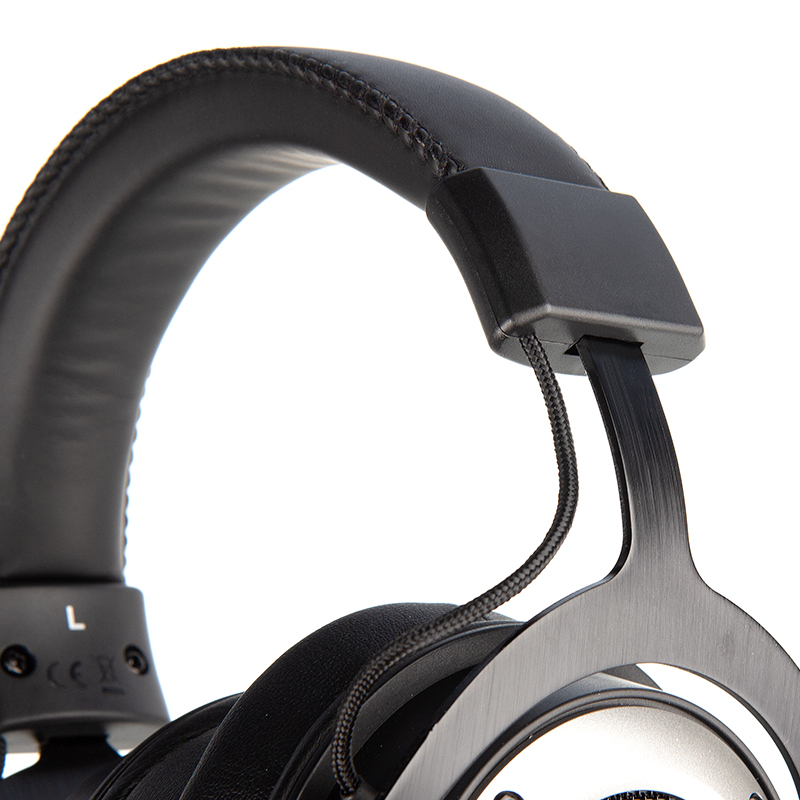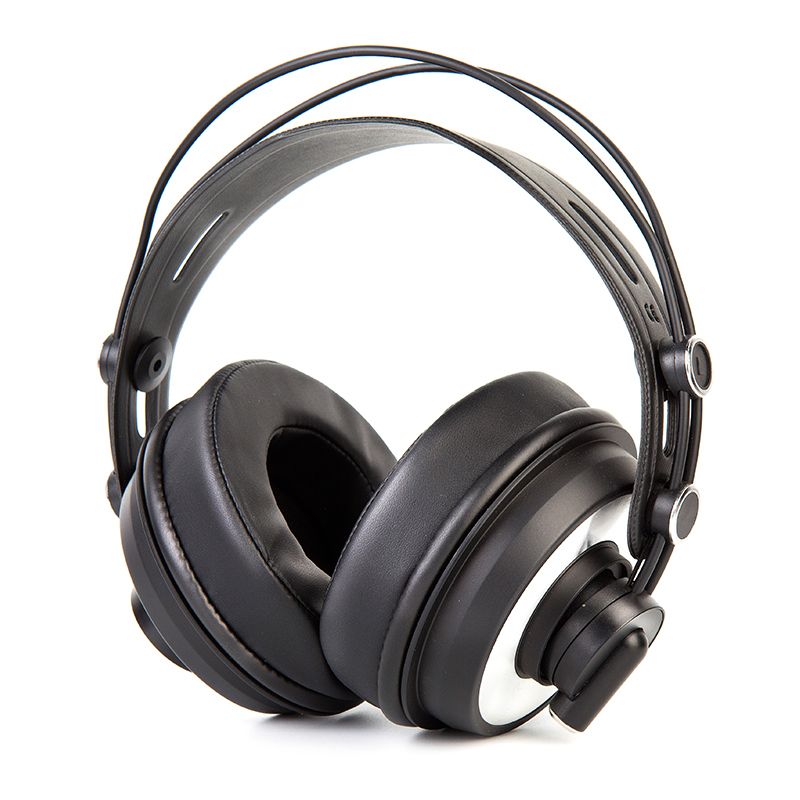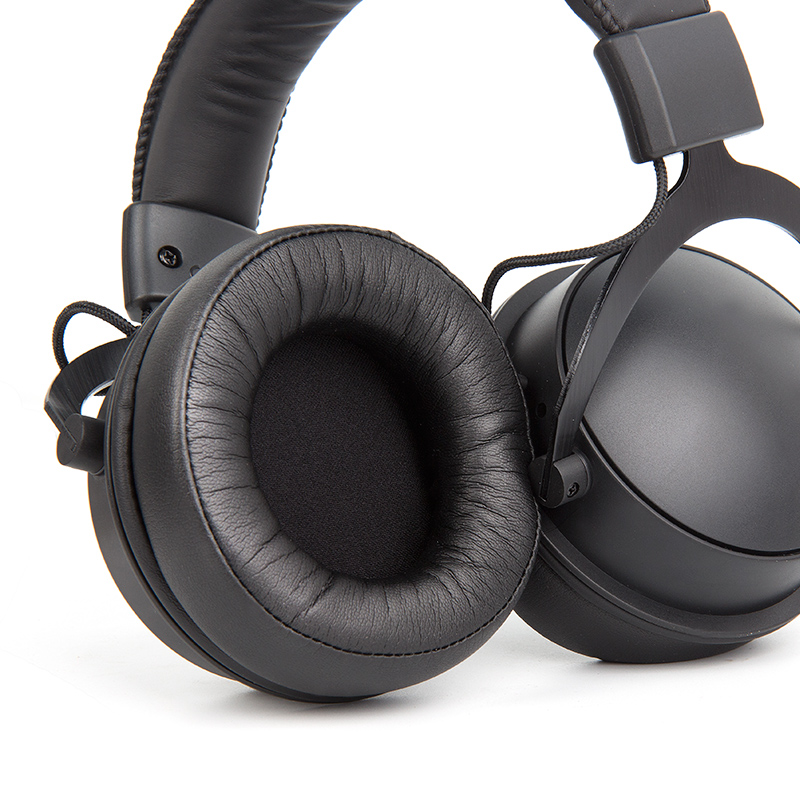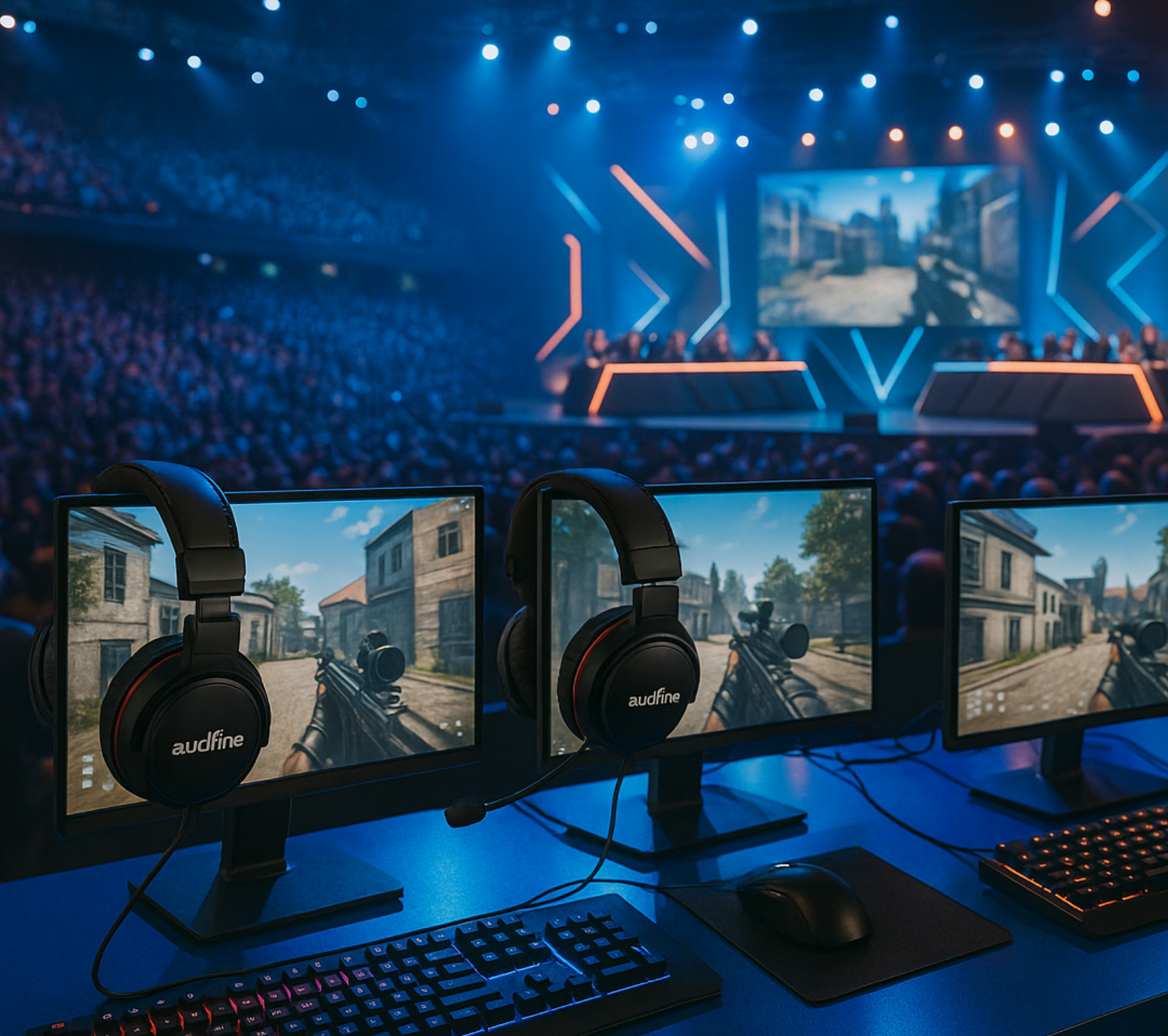
How a Headphone Manufacturer Balances Comfort and Acoustic Engineering
Why Comfort Matters as Much as Sound
Even the best-sounding headphone will fail if users cannot wear it comfortably. Professionals in studios, gamers in tournaments, or corporate users in training sessions often wear headsets for hours. Discomfort leads to fatigue, distraction, and reduced performance. Headphone manufacturers therefore face a dual challenge: delivering precise sound while ensuring the product feels natural on the head.
Engineering Comfort Without Sacrificing Sound
Creating comfort is not as simple as adding soft pads. Every design choice—headband tension, ear cup shape, material density—also affects the acoustic chamber and sound quality. Manufacturers must carefully test prototypes to avoid resonance issues, muffled tones, or excessive leakage.
Comfort vs. Acoustics: Key Factors Compared
The table below shows how ergonomic and acoustic goals sometimes conflict, and how manufacturers resolve them:
| Design Factor | Comfort Impact | Acoustic Impact | Balanced Solution |
|---|---|---|---|
| Ear Cushion Material | Soft foam increases comfort | Density affects bass response | Memory foam with breathable covers |
| Headband Pressure | Too much causes fatigue, too little feels loose | Affects seal and soundstage | Adjustable tension with flexible sliders |
| Ear Cup Size & Shape | Larger cups improve comfort | Volume changes resonance and isolation | Ergonomic oval cups with acoustic damping |
| Weight Distribution | Light weight reduces strain | Lightweight builds may reduce durability | Reinforced but balanced composite materials |
This balance is what separates professional headphone manufacturing from generic assembly.
Testing for Long-Term Usability
Factories do not stop at acoustic testing. Comfort validation includes headband stress tests, hinge durability cycles, pad wear simulations, and extended user trials. These ensure that a headphone is not only precise in sound but remains comfortable after months of continuous use.
OEM/ODM Solutions: Customizing Comfort and Sound Together
Different markets demand different balances. Studio users prioritize neutral response with long-wear ergonomics. Gamers value immersive bass without heavy clamping force. Corporate or educational buyers may prefer lightweight, affordable builds. With OEM/ODM services, headphone manufacturers like audfine adjust both comfort features and acoustic tuning, delivering tailored solutions that align with each segment.
Common Questions
Q1: How can manufacturers ensure comfort for different head sizes without affecting acoustics?
audfine designs adjustable frames and uses flexible ear cup mounts, ensuring universal fit while maintaining sound isolation.
Q2: Will customizing comfort features (pads, weight, design) compromise audio precision?
No. audfine balances comfort materials with acoustic modeling, ensuring ergonomic upgrades do not distort tuning.
Q3: How does audfine guarantee long-term reliability in both comfort and sound?
We combine mechanical endurance testing with batch-level acoustic checks, ensuring products feel and sound consistent across shipments.
Why audfine Excels in Comfort and Acoustic Balance
True headphone performance lies in harmony: sound that is precise, and comfort that lasts. For studios, esports teams, and educational buyers alike, neither can be sacrificed. audfine has mastered this balance through years of engineering, combining ergonomic innovation with acoustic precision. By offering OEM/ODM customization, strict testing, and global supply capabilities, audfine ensures that bulk orders deliver both technical accuracy and long-term usability. For buyers, this means products that elevate user satisfaction while strengthening brand identity.
Explore our ergonomic headphone solutions on the Homepage or connect with us directly via Contact Us to discuss OEM and wholesale opportunities.


